Innovation as a Core Business Function
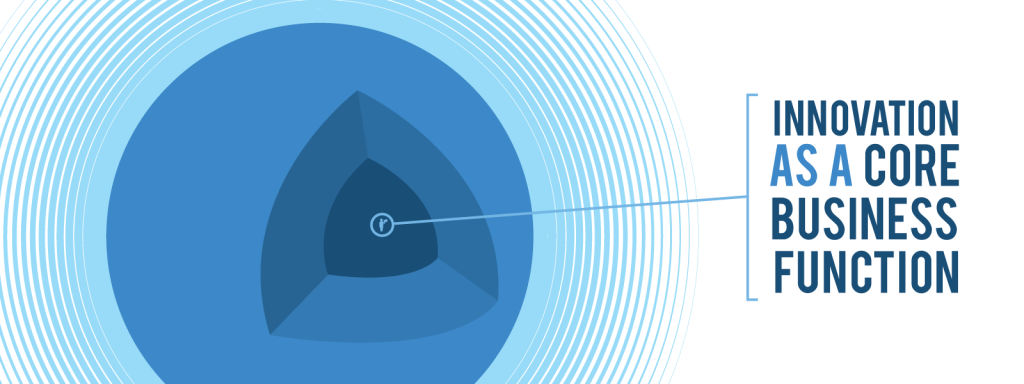
This article was first published on: Innovation Excellence
If you were to describe innovation, what word would you use? Have you ever tried to define its place in your organization?
If you are like most managers, the idea of defining innovation seems daunting. Is innovation simple? No. But innovation is straightforward. It may seem counterintuitive, but with proper definition and perspective, you’ll find that innovation is just as straightforward and as essential as any other core business function. To put it in perspective, consider another core business function, such as HR.
Can you remember a time when HR was not a core function of your company? Probably not. HR has been a core business function for some time, and it should be considering the impact that engaged employees have on productivity today. Yet, the concept of HR is fairly new. We started to recognize its value in the early 1900s — it wasn’t until the 1920s that we started to formalize worker rights and HR processes. Fast-forward to today, with our multi-billion dollar companies with thousands of employees, and it would be impossible to imagine a business world without HR as a core business function.
Right now, innovation as a business process is at the same place that HR was in that transition period between the 1900s and 1920s. Everyone is talking about innovation, CEOs and managers know that innovation is a priority, and most companies want to innovate but they don’t know how.
What is the Problem?
Often when we hear the word innovation, we think of some amorphic concepts like love or wind, which have no structure, are complex, and immeasurable. But the reality is the exact opposite. We can structure innovation processes, and it is just as measurable as any other core function in the business, like HR or marketing.
So the problem is not that innovation is too complex. The problem is that businesses typically do not define what innovation means to their organization. In other words, innovation remains unclear and undefined to employees and managers, which can create obstacles to growth.
Here is a Solution
If unclear and undefined innovation sounds like a problem your company is facing, take steps to define what innovation means to your organization. This means taking the time to deep-dive into just how important innovation is in your company. Here are some questions to prompt your exploration:
- Where does your company sit in the landscape of innovation? In other words, what type of innovation does your organization currently engage in if any?
- What are the greatest areas of opportunity for innovation within your organization? Can you take advantage of process innovation if you are currently focused on product innovation?
- Is innovation a priority? If it is, do you need to re-structure the company or key functions to make room for innovation?
- What will it cost you not to innovate?
When you have taken thirty minutes out of your day to think about these questions, you can start to turn innovation into a core business function.
Just like HR, in the future, companies will have adopted innovation as a core function of the business. Innovation will have its own budget, human resources, plans, and portfolios. Companies will be able to attribute revenue or cost savings to ideas they implement. While some companies are already there, many hesitate to take the first step because no one within the organization knows precisely what innovation is. Take some time to define innovation and you can take the first step towards making innovation a core business function today.





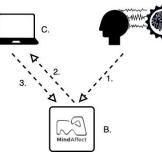












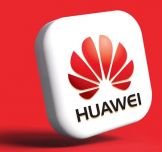










































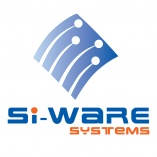


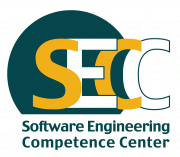





EgyptInnovate site is not responsible for the content of the comments